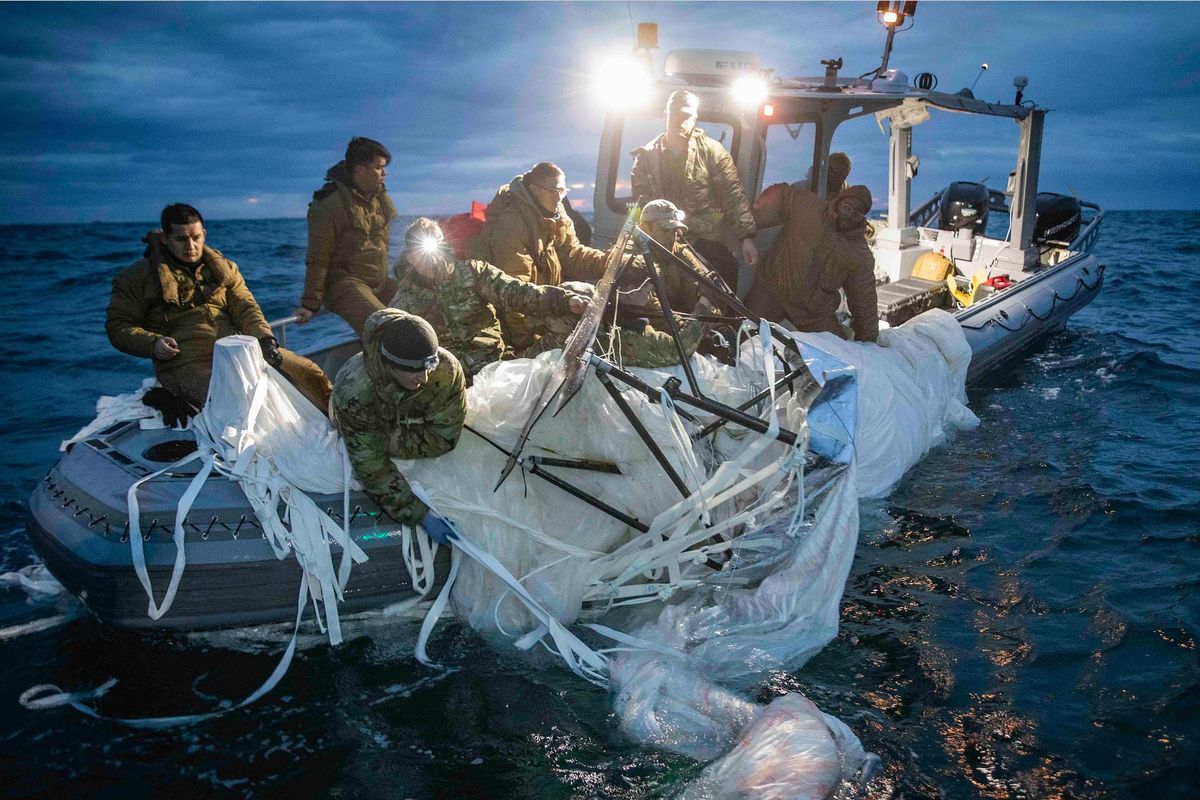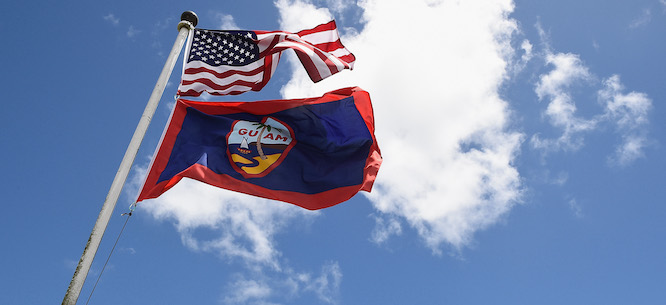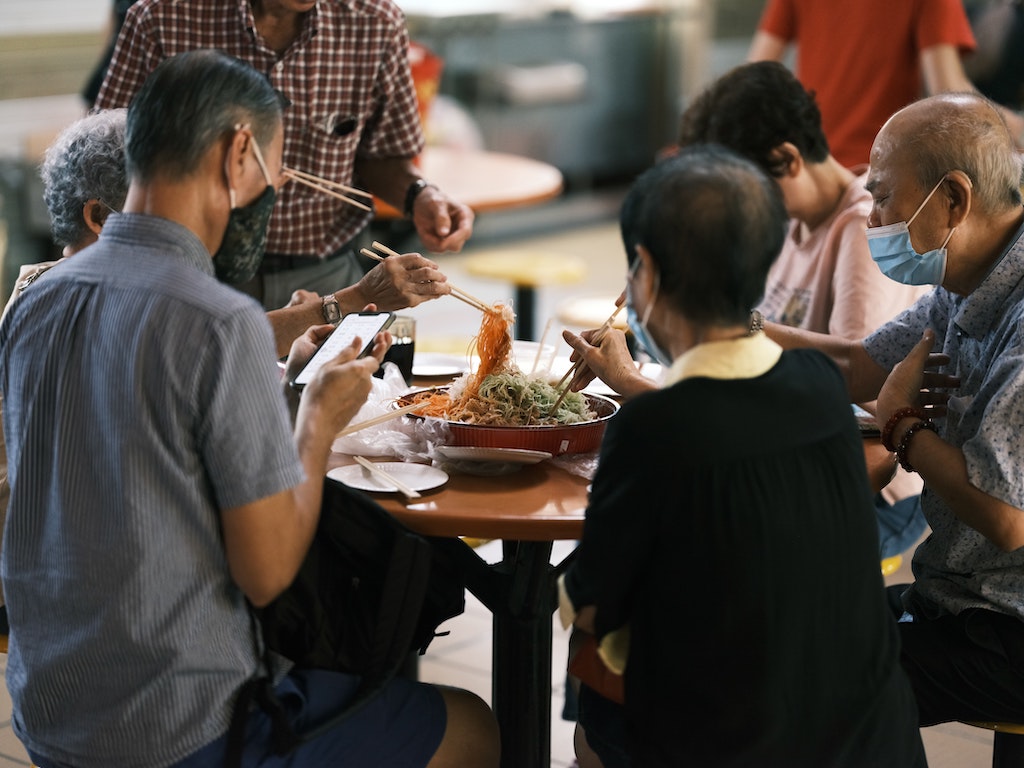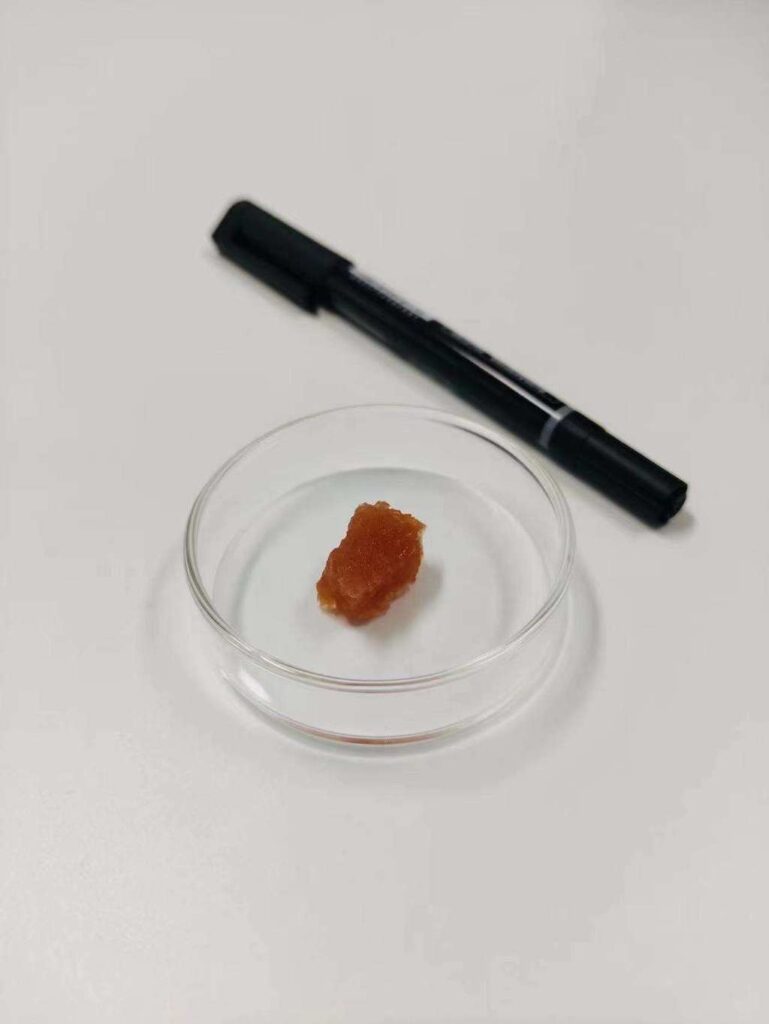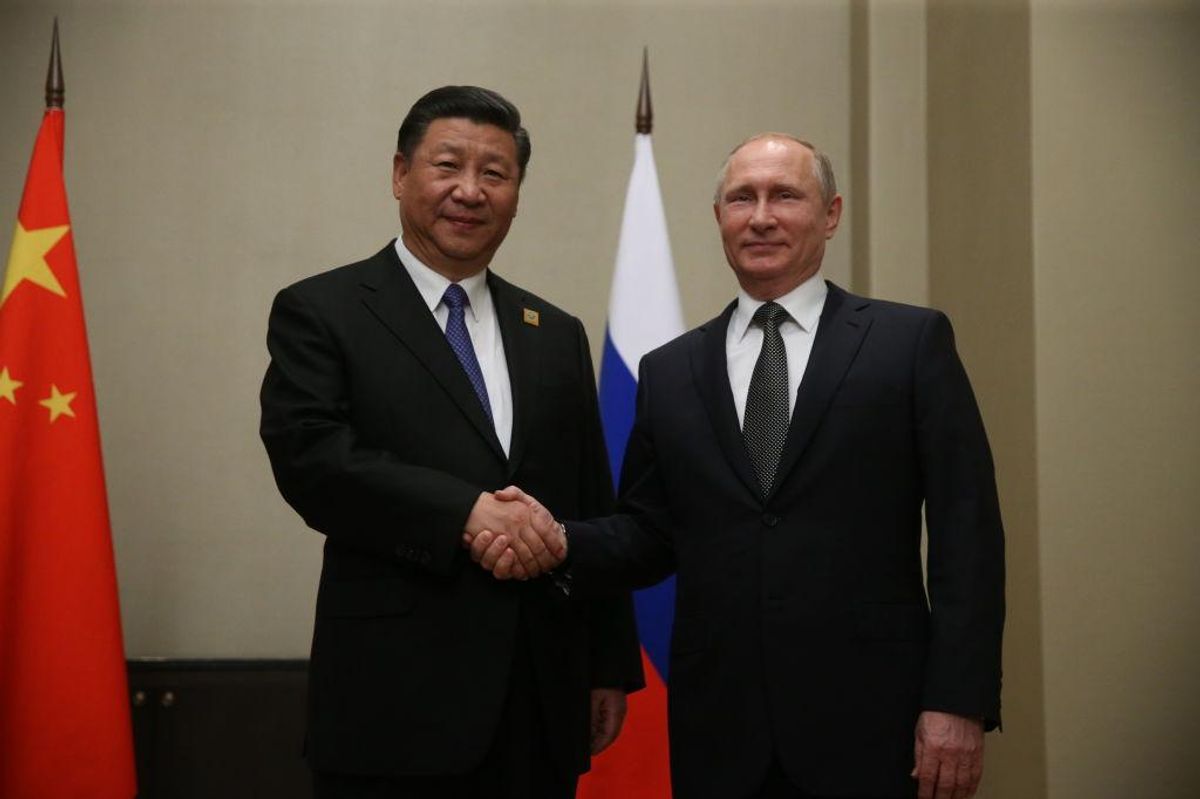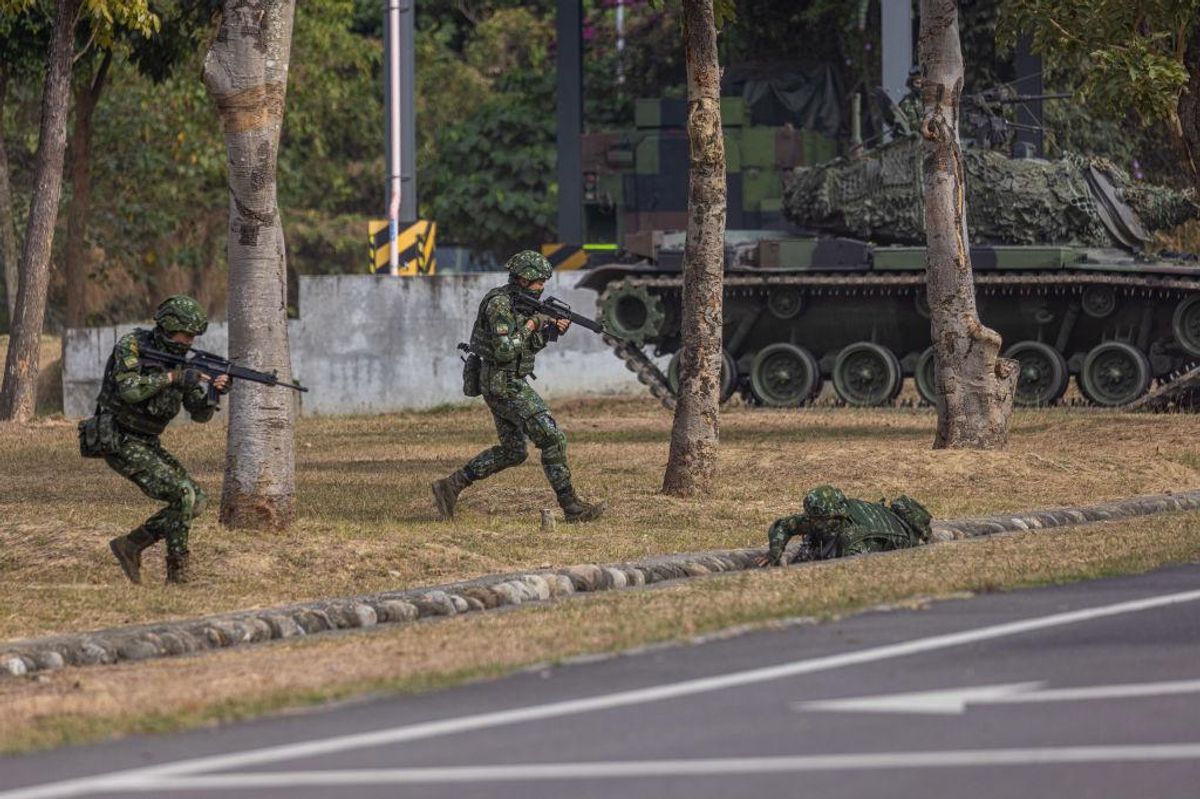Listen to a reading of this article:
❖
US war planes have shot down three unidentified objects in North American airspace over the last three days, which is entirely without precedent.
On Sunday an octagon-shaped object was reportedly shot down over Lake Huron near the Canadian border after first being detected some 1,300 miles away over Montana on Saturday night. On Saturday a cylindrical object was reportedly shot down over Canada’s Yukon territory by an American F-22, and on Friday an object “about the size of a small car” was reportedly shot down after being detected over Alaska.
Unlike the Chinese balloon that was shot down earlier this month which the US claims was an instrument of espionage, as of this writing there’s still no solid consensus as to what these last three objects were or where they came from. While all three were found at high altitude like the balloon, the Pentagon is refusing to classify them as such, with the head of US Northern Command General Glen VanHerck going as far as to say it hadn’t yet been determined how these objects are even staying aloft.
“I’m not going to categorize them as balloons. We’re calling them objects for a reason,” VanHerck told the press on Sunday. “I’m not able to categorize how they stay aloft. It could be a gaseous type of balloon inside a structure or it could be some type of a propulsion system. But clearly, they’re — they’re able to stay aloft.”
VanHerck also made headlines for saying he couldn’t rule out extraterrestrial origin for the objects.
class=”twitter-tweet” data-width=”550″>Local maritime authorities in East China's Shandong Province announced on Sunday that they had spotted an unidentified flying object in waters near the coastal city of Rizhao in the province and were preparing to shoot it down, reminding fishermen to be safe via messages. pic.twitter.com/aQbUntwy4m
— Global Times (@globaltimesnews) February 12, 2023
To further confuse things, China has detected a UFO of its own that it was preparing to shoot down according to a report on Sunday. Last month Russia reported that it had shot down a UFO as well. A report on Saturday said the air force of Uruguay is investigating strange lights over the sky in the western part of the country.
But of course it could still be balloons. Moon of Alabama made a pretty good argument the other day that the object shot down over Alaska was likely a failed US weather balloon. Senate Majority Leader Chuck Schumer says he was told by the White House that all of these mystery objects are believed by US officials to have been Chinese spy balloons, though the White House swiftly disputed this claim, saying it’s too early to categorize them as such.
For myself, I remain comfortable not knowing what the hell is going on with any of this right now. I’ve written periodically about how there’s an abundance of reasons to be intensely skeptical of the new UFO narrative that entered the mainstream in 2017 under highly suspicious circumstances, but I’m also uninterested in pretending I know everything about this weird universe we’ve all tumbled into. I remain open to all possibilities, from mundane balloons, to a sudden increase in interest in aerial objects that have long been common, to US government psyop, to lightbulb-headed visitors from the great unknown.
So I don’t really know what these UFOs are. But I do know what they will be used for.
class=”twitter-tweet” data-width=”550″>China is flying high level ISR aircraft over our country.
SANCTIONS IMMEDIATELY!
This is a national security emergency and it comes after we had a total FAA blackout (effecting Canada as well) and power went down in DC last week. This looks like cyber warfare.
— Anna Paulina Luna (@VoteAPL) February 12, 2023
It is a very safe bet that whatever the US government determines these objects to be, the response to that determination will feature increased militarism and the advancement of pre-existing Pentagon agendas. We’re already seeing Florida congresswoman Anna Paulina Luna using the UFO incidents to argue for sanctions on China and to accuse Beijing of “cyber warfare”, and Republicans are already claiming that the threat of Chinese spy balloons means there can be no cuts to military spending.
In an article titled “Chinese spy balloon has GOP saying no cuts to defense,” The Hill’s Alexander Bolton quotes numerous congressional Republicans arguing that military cuts should be taken off the table in their negotiation over a debt ceiling, and that ideally the spending should be increased.
“The entire civilized world should recognize that communist China is probably the greatest threat we’ve ever faced, more severe than Soviet Russia was because of its economic integration into the West,” says perpetually war-horny senator Tom Cotton. “We should take every step we can to try to reduce our dependency on China [and] try to build stronger military deterrence against them.”
“I do not think that we should be talking about cutting the defense budget at all right now. If anything, substantial defense increases,” Cotton adds.
class=”twitter-tweet” data-width=”550″>lmao ofc. literally any excuse to protect the military industrial complex oh whoops a trillion dollars a year isn’t enough to shoot down balloons sorry guys no healthcare money pic.twitter.com/hPhbvksEZR
— Mac (@GoodPoliticGuy) February 12, 2023
For the imperial swamp the answer is always more militarism; it doesn’t matter what the question is. Whether they decide these UFOs are a foreign threat or something unknown or something else entirely, the solution funneled through the US empire’s groupthink apparatus will entail more military spending and more weapons of war.
And again I remain open to all possibilities, but I do find it very interesting that we’re seeing completely unprecedented aerial kinetic warfare in North American skies which is certain to lead to more US military expansionism at the exact same time the US prepares its “great power competition” against China and the governments aligned with it.
As we’ve discussed previously, the empire has been going to extraordinary lengths to make sure the public plays along with a long-term campaign to secure US unipolar planetary hegemony. However this UFO narrative ends up playing out, we may be certain that it will be used to facilitate this agenda.
_____________________
My work is entirely reader-supported, so if you enjoyed this piece please consider sharing it around, following me on Facebook, Twitter, Soundcloud or YouTube, throwing some money into my tip jar on Ko-fi, Patreon or Paypal, or buying an issue of my monthly zine. If you want to read more you can buy my books. The best way to make sure you see the stuff I publish is to subscribe to the mailing list for at my website or on Substack, which will get you an email notification for everything I publish. Everyone, racist platforms excluded, has my permission to republish, use or translate any part of this work (or anything else I’ve written) in any way they like free of charge. For more info on who I am, where I stand, and what I’m trying to do with this platform, click here. All works co-authored with my husband Tim Foley.

Bitcoin donations:1Ac7PCQXoQoLA9Sh8fhAgiU3PHA2EX5Zm2
